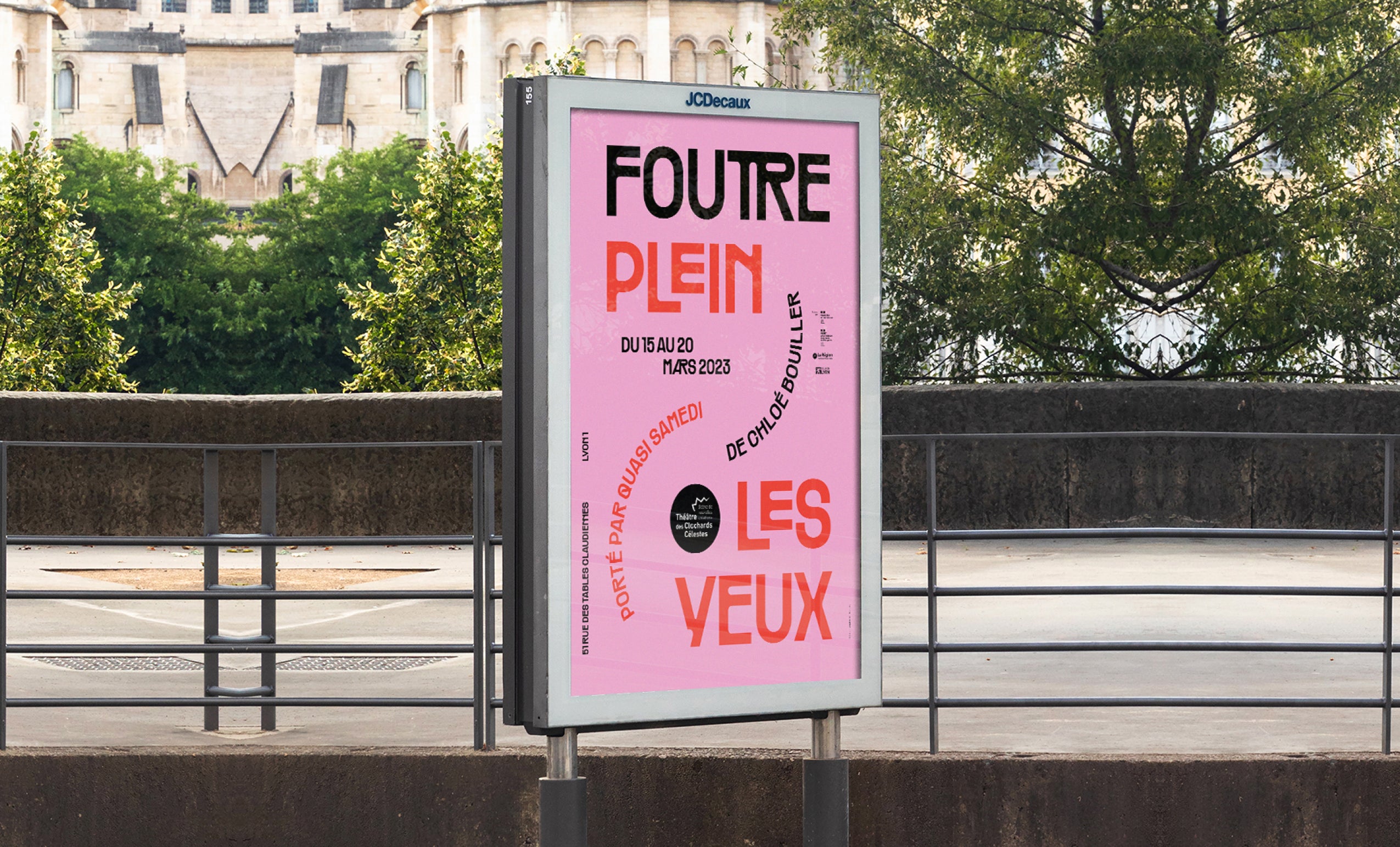Räder
16 Weights, One Distinct Journey. Turn Left at Beauty, Right at Function.
Free to try
Licenses start at $40
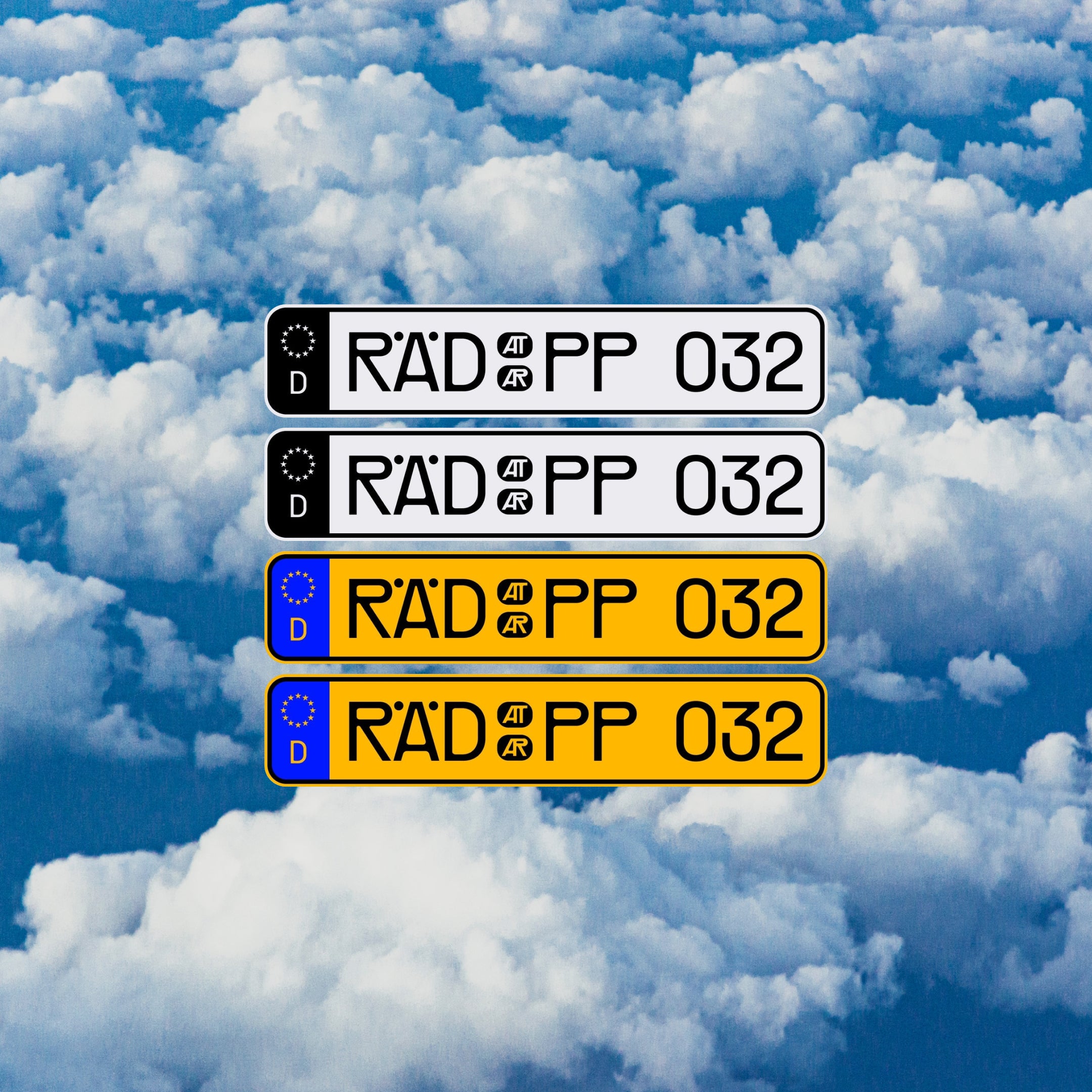
Räder style list
16 Styles
01234567
{(!@#$?&)}
01234567
{(!@#$?&)}
- Hairline 160
- Thin 260
- Extralight 400
- Light 520
- Regular 630
- Medium 740
- Semibold 830
- Bold 900
- Hairline Italic 160
- Thin Italic 260
- Extralight Italic 400
- Light Italic 520
- Regular Italic 630
- Medium Italic 740
- Semibold Italic 830
- Bold Italic 900
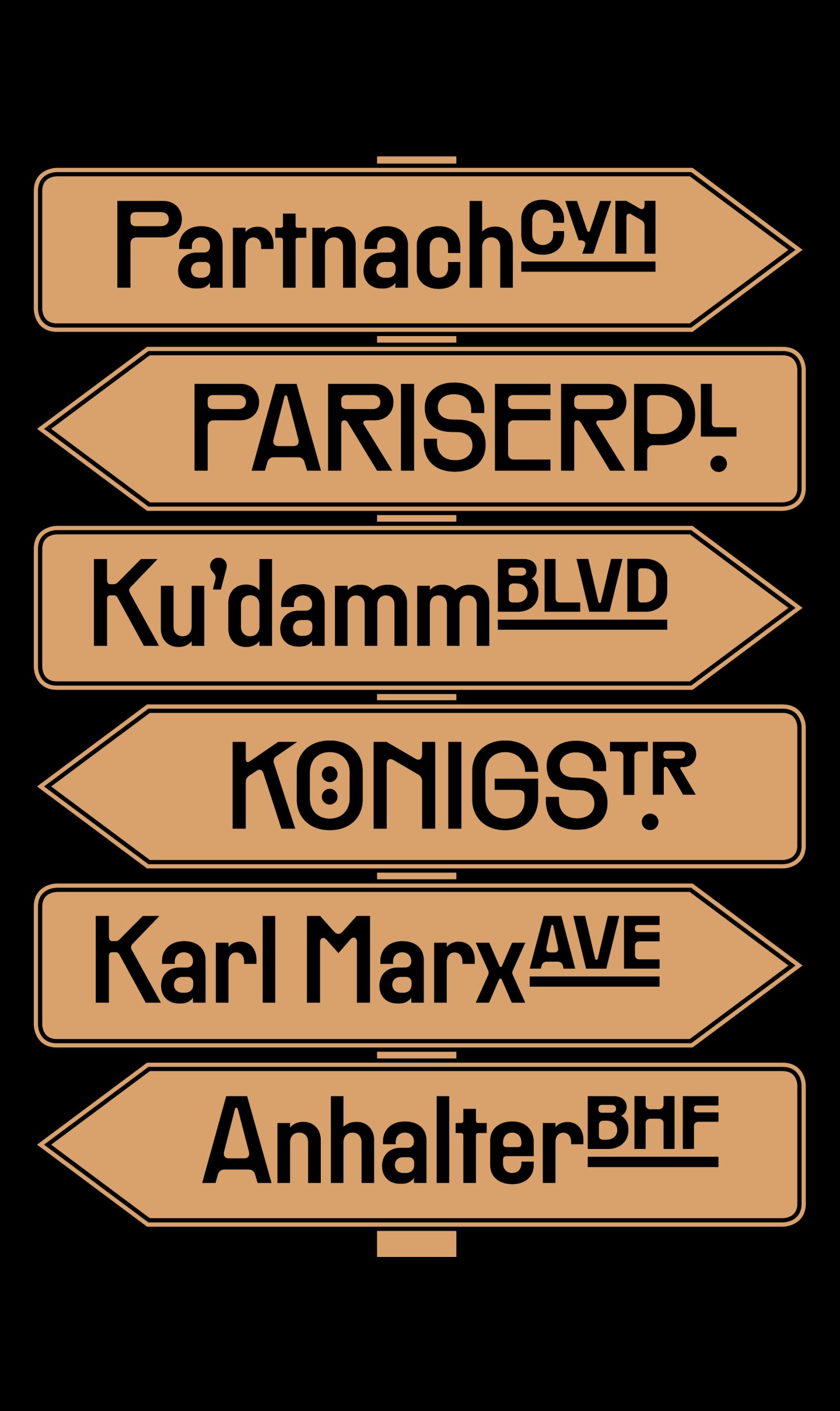
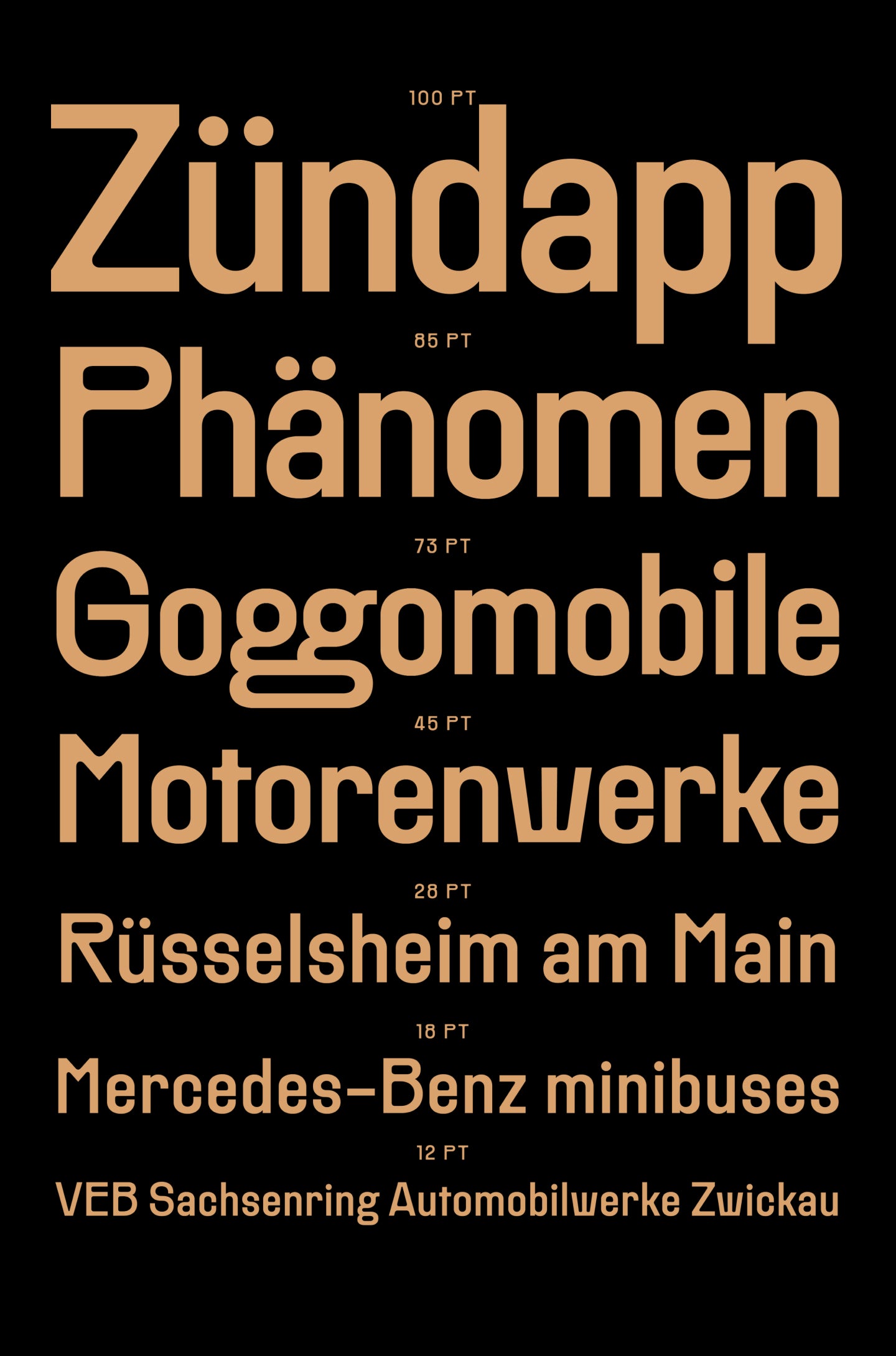

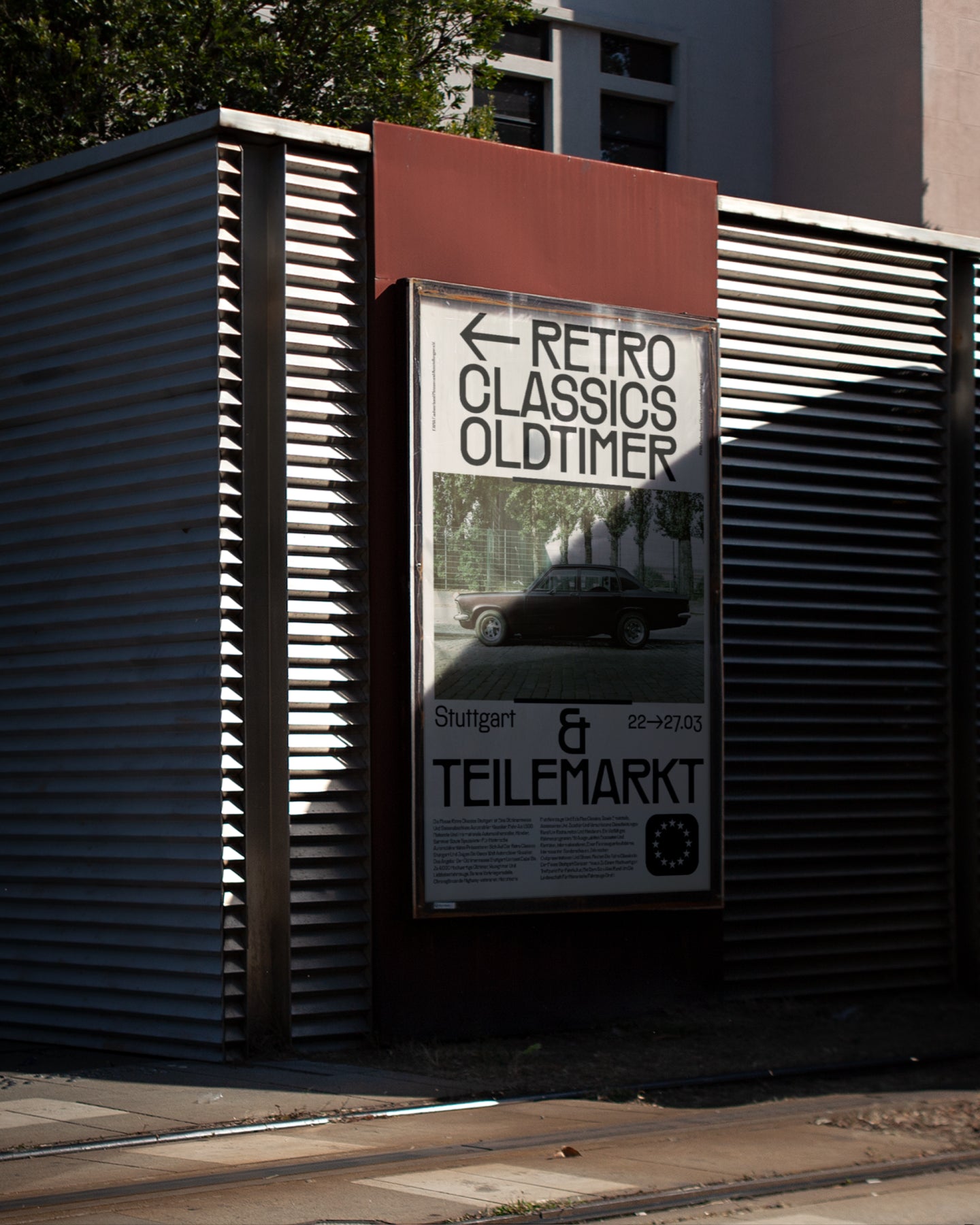
Räder
with Italics
Glyphs set overview
Glyphs set overview
Glyphs View
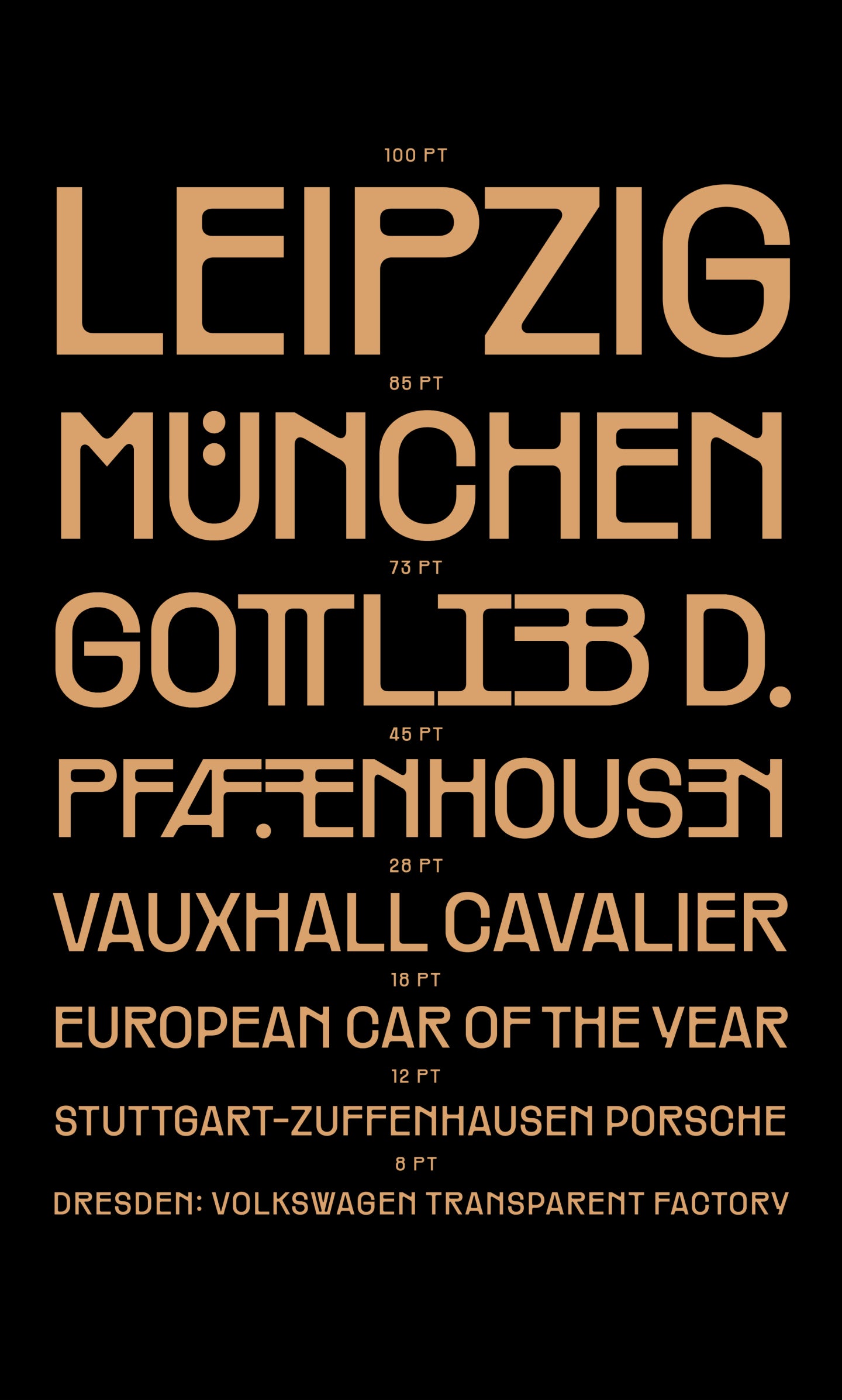
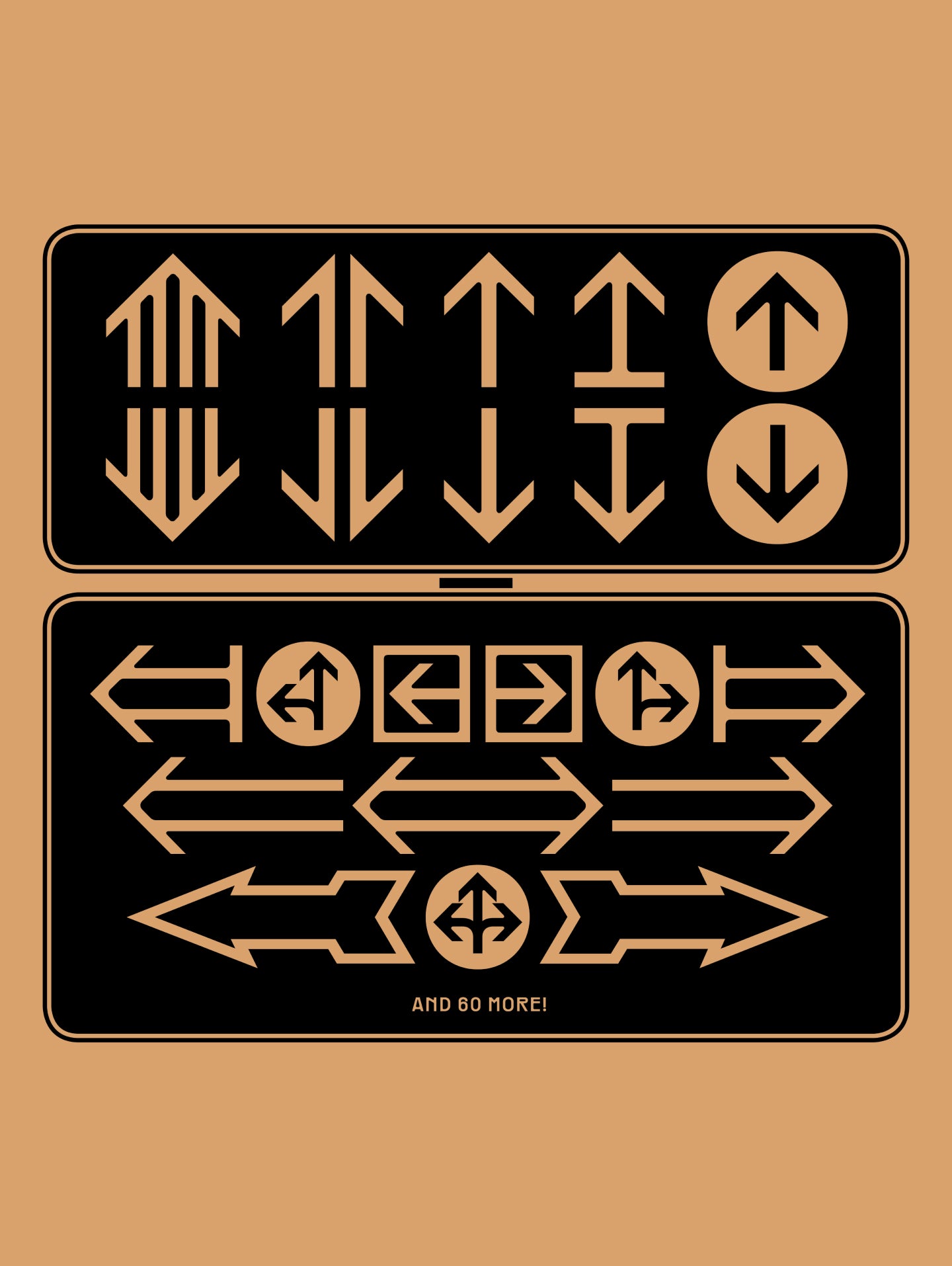
Räder's Features
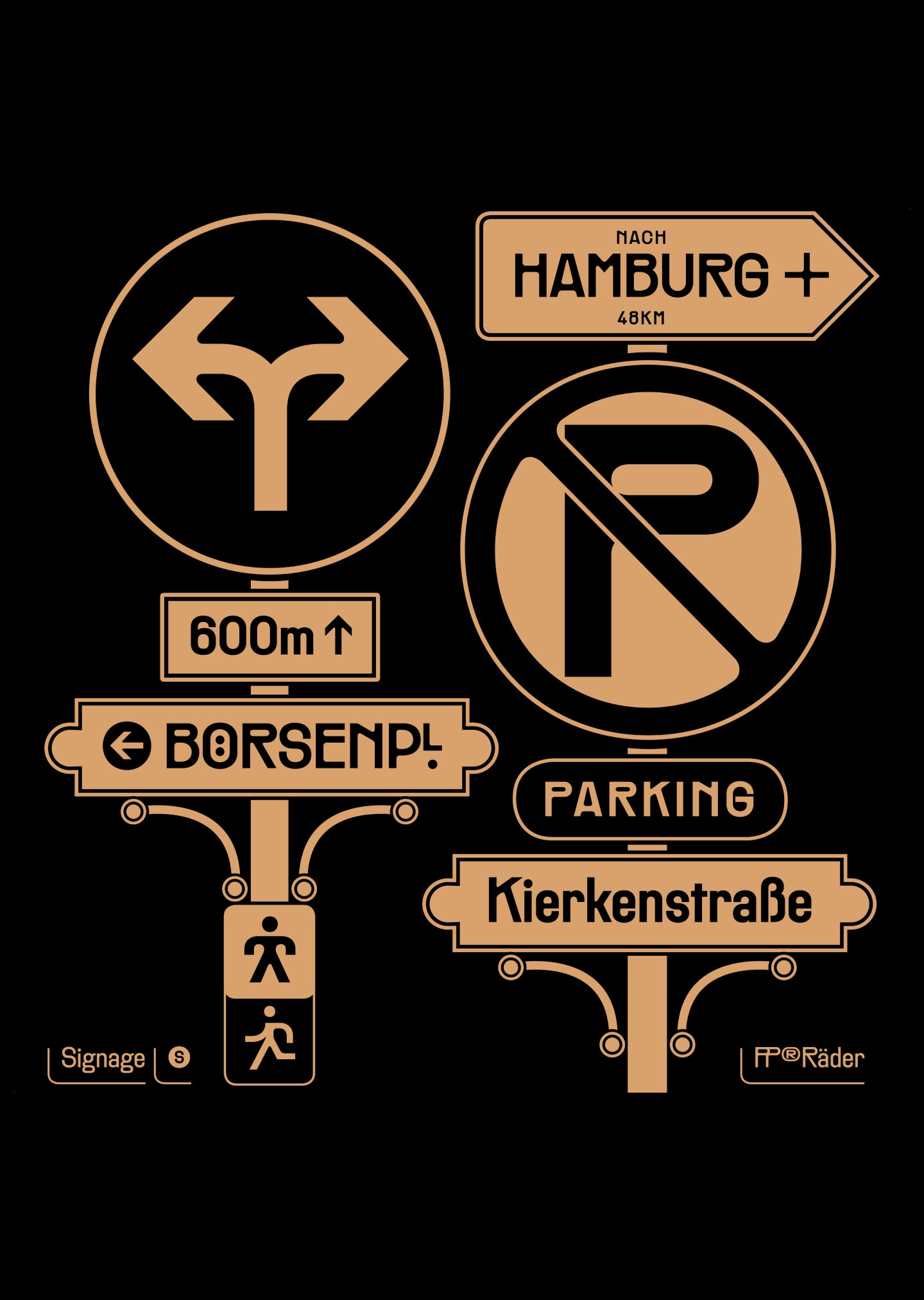

Wayfinding with soul.
Designed to work both as an expressive display typeface and as a readable editorial tool, Räder's range spans across 16 carefully crafted weights: from a stripped down hairline cut to the more exuberant and decorative bold.
Road signage is something of which we've learned to assume the neutrality: it's ubiquitous, simple and sends an arguably unmistakable message to the viewer. Has it always be like that, though? Vintage signage systems were in fact the result of a graphic compromise between clarity of message and beauty of appearance, as designers understood the importance of wayfinding in the urban identity: Räder is an attempt to bring the craft back to such times. On one hand immediately recognisable, on the other oddly familiar, it draws from a debut-de-siecle aesthetic to spice up the hyperpopular genre of industrial grotesques.
Räder's inner round counters give the feeling of a printed typeface, without compromising its modern look, so you can have the best of both worlds... or should we say the best of both ages?
Designer
Collaborator
Categories
- Brutalist
- Expressive
- Italics
- Sans Serif
- Variable
Styles
- 16 Styles
16 Styles with 1,351 Glyphs each
Version
1.00
Latest update: January 2022
Available formats
OTF, TTF, WOFF, WOFF2
Language Support
Afrikaans, Basque, Breton, Catalan, Croatian, Czech, Danish, Dutch, English, Estonian, Finnish, French, Gaelic, German, Hungarian, Icelandic, Indonesian, Irish, Italian, Latvian, Lituanian, Norwegian, Polish, Portuguese, Romanian, Saami, Serbian, Slovak, Slovenian, Spanish, Swahili, Swedish, Turkish, (and more)
Commercial Licenses
Not sure what to get? Or can’t find the right coverage?
Please contact us for our tailored corporate licenses!
Need more information about our licenses?
Our FAQ usually contains most of the answers.
